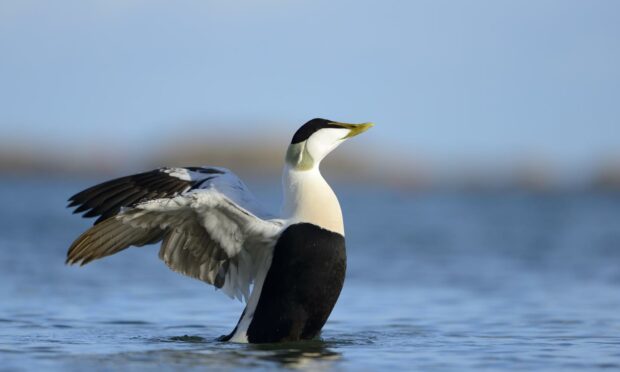Two havens for Scottish seabirds in Orkney have “finally” been granted Special Protection Area status.
The areas of North Orkney and Scapa Flow have been designated as marine Special Protection Areas (SPAs) by the Scottish Government.
Back in 2020, 12 SPAs were announced in Scotland. This was the first time that essential feeding areas at sea for birds received this protection.
This means that developments or activities planned in these areas will need to assess the potential impact they could have on the seabirds in the area.
Although proposed, North Orkney and Scapa Flow – likely to be the most important area for grebes, divers and wintering sea ducks in the UK – were not granted protection in 2020.
The new status announced is said give hope for many other similar places in Scotland.
‘Now more than ever, it is essential that we create safe havens’
Scotland is full of some of Europe’s most important seabird populations. The recent climate emergency has seen breeding seabird numbers decrease by 49% since the mid 1980s.
Since then, more than 60% of Arctic terns, 70% of kittiwakes and 80% of Arctic skuas have been lost.
RSPB Scotland has been calling on government to quickly process the Orkney sites.
Head of marine policy for RSPB Scotland, Helen McLachlan, said: “It has been a long process, but we are extremely pleased that it has reached the right conclusion.
“Effective protections for critical foraging and wintering areas are absolutely vital to help protect our marine birds, as many of them face an uncertain future due to the impact of climate change, unsustainable fishing, disturbance and pollution.”
Ms McLachlan added that the presence of renewable energy production and managing of sustainable fisheries in Scotland’s seas also changes their environment.
She said: “Now more than ever, it is essential that we create safe havens and take measures that will help our marine birds recover and become more resilient in the face of change. Nature can and must thrive alongside climate-friendly infrastructure.”












